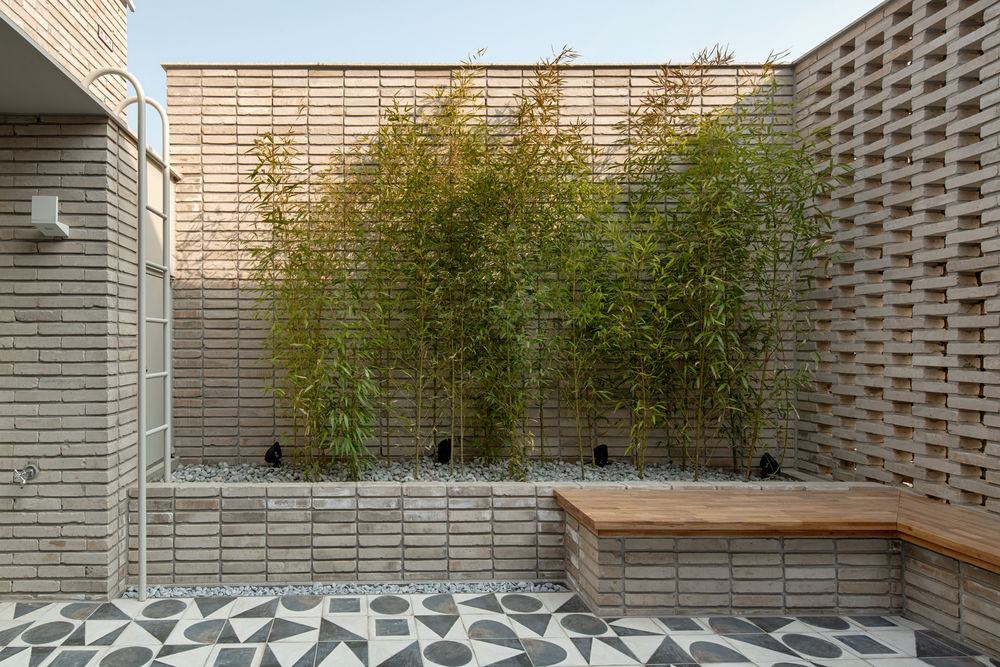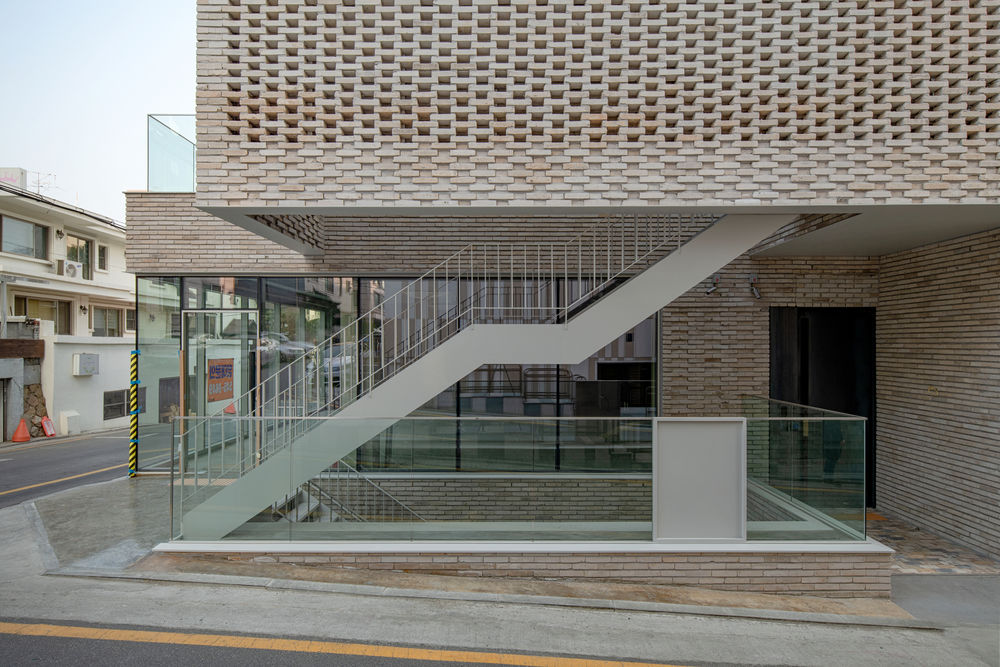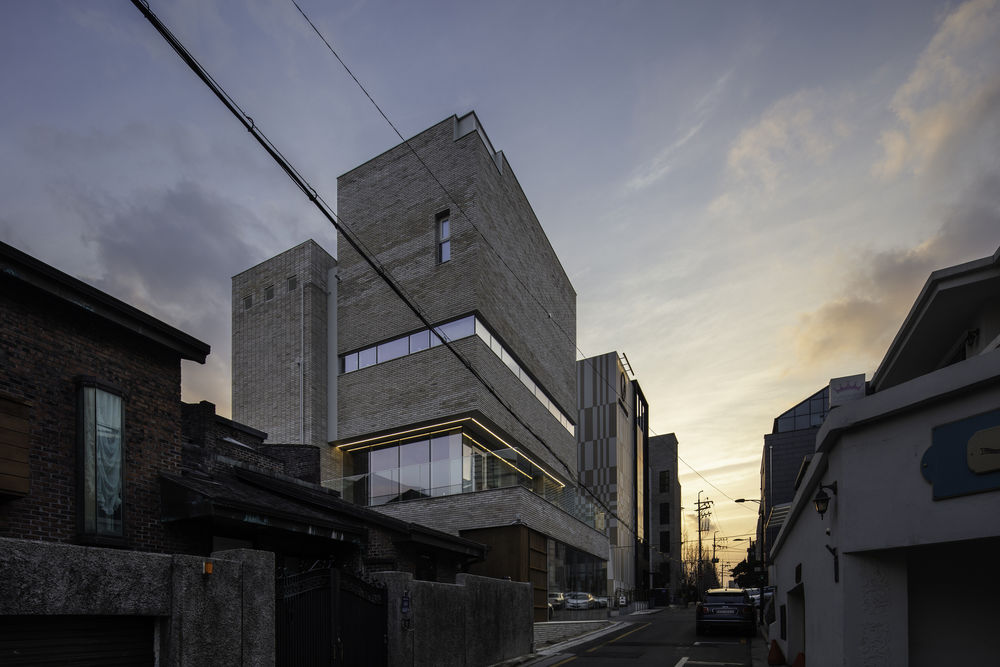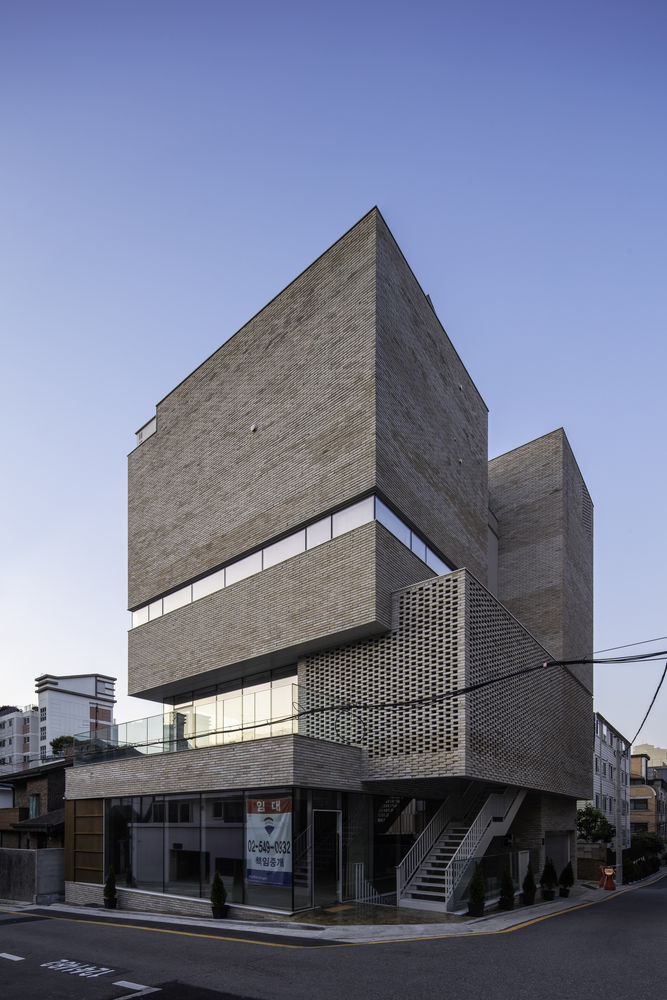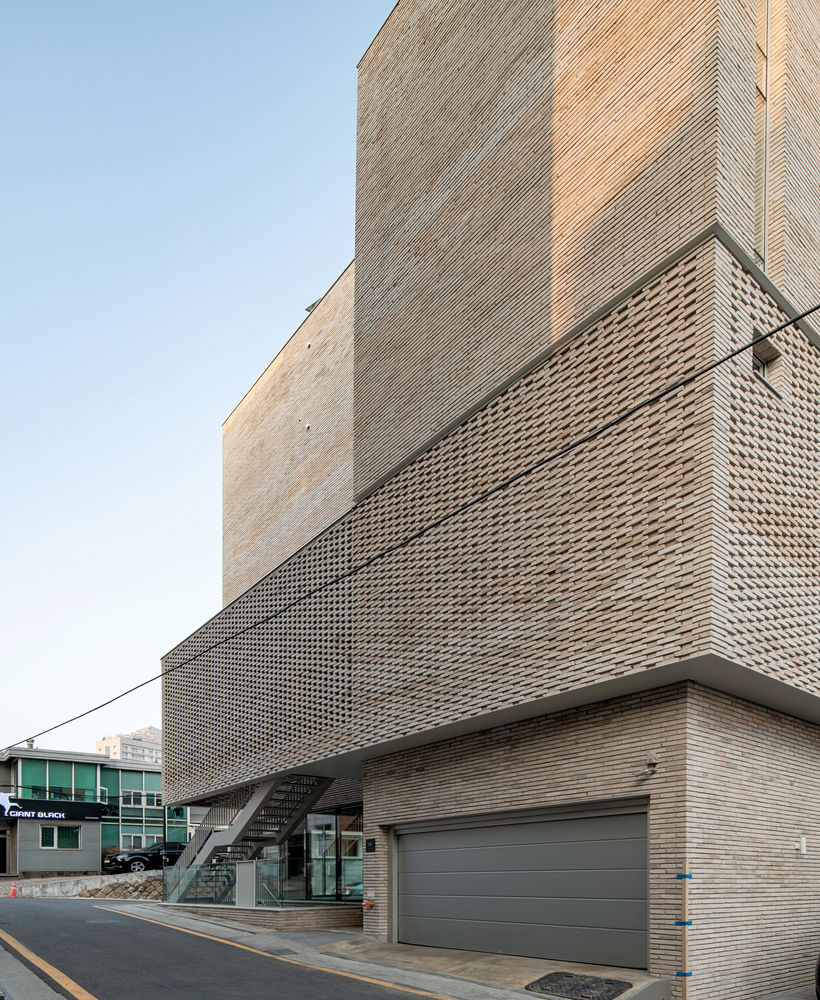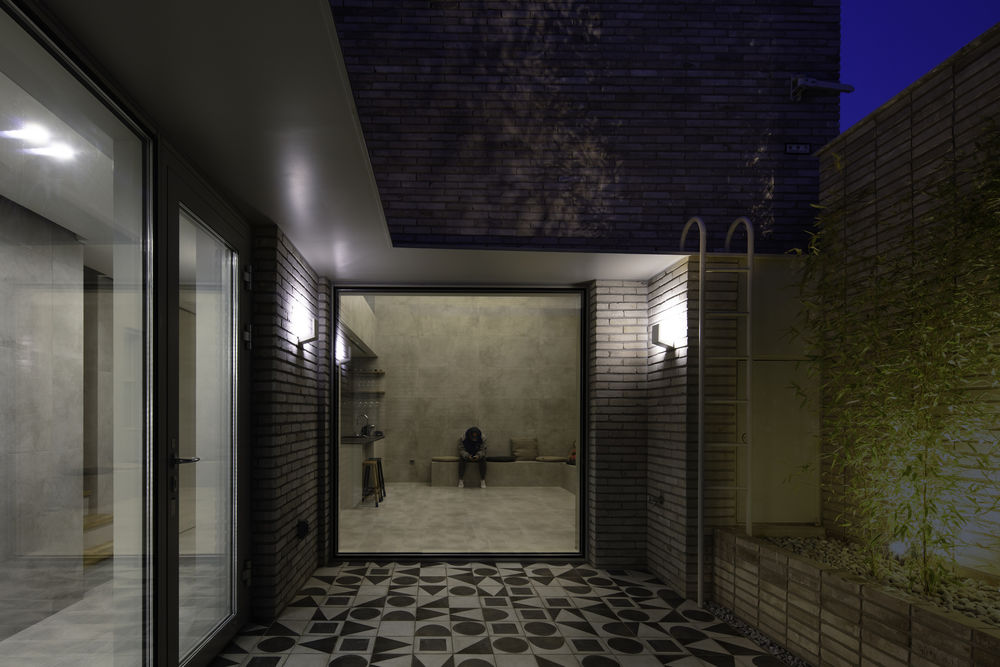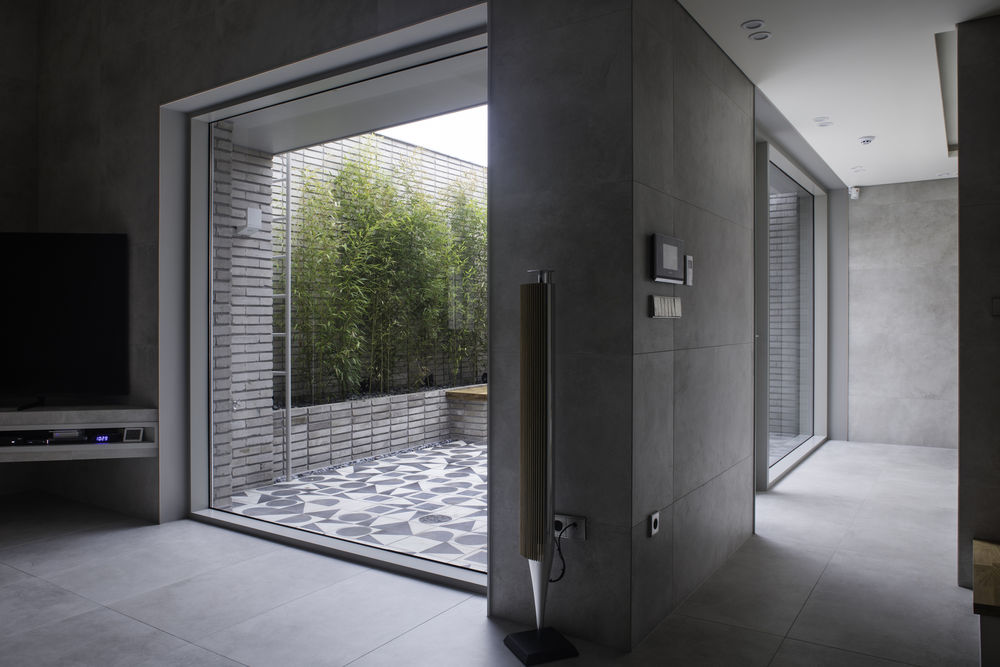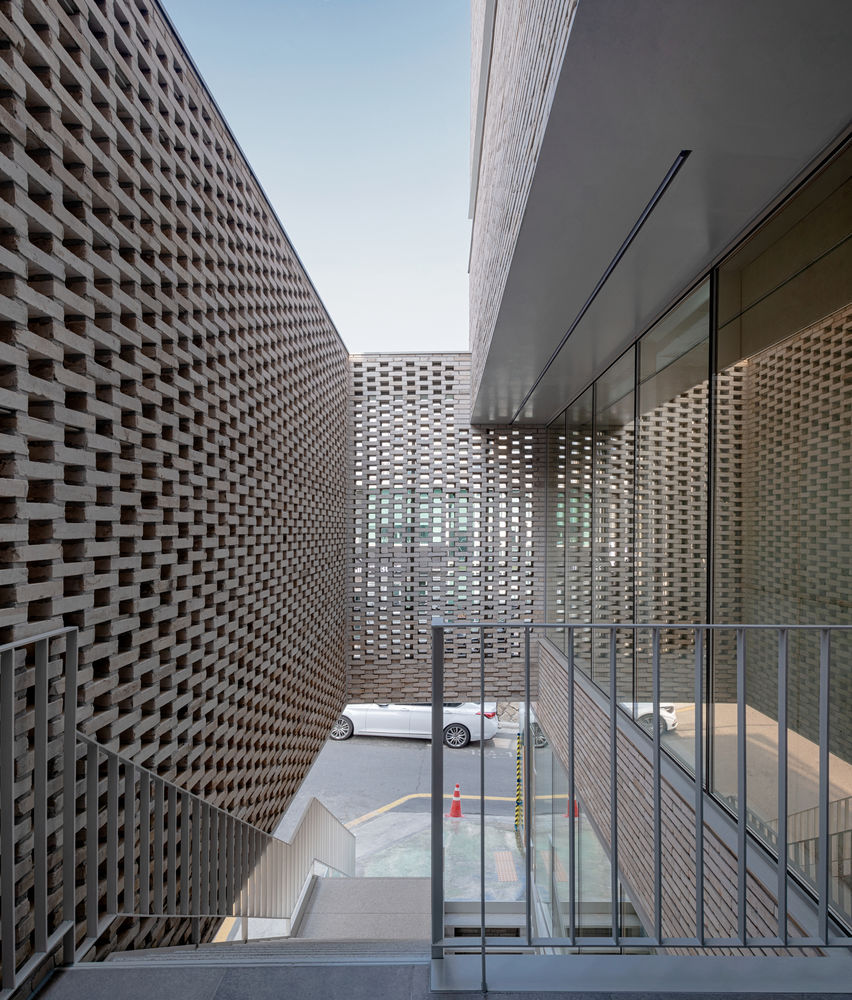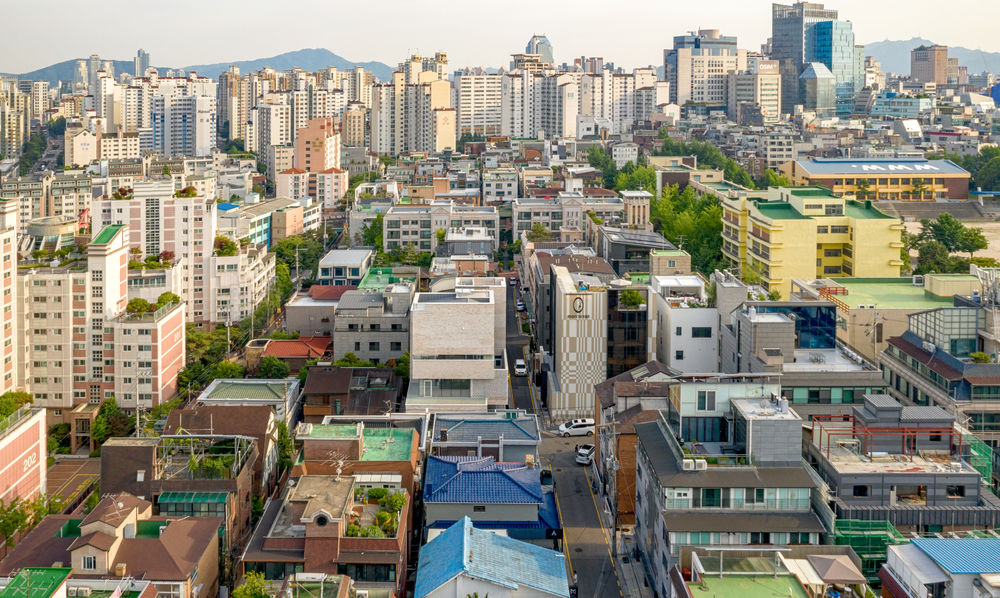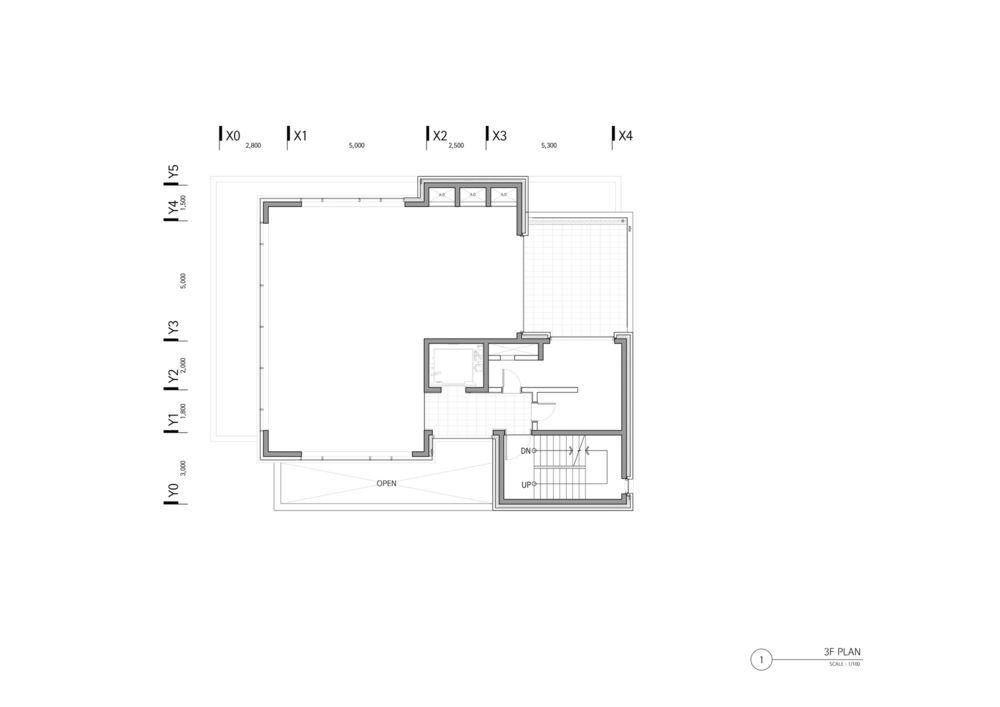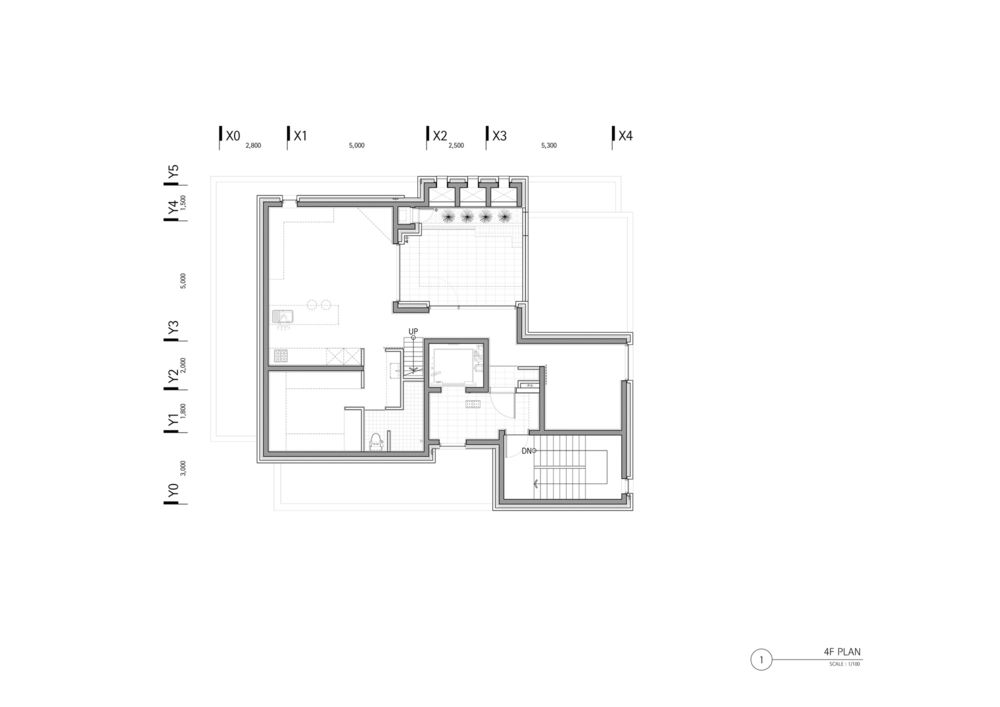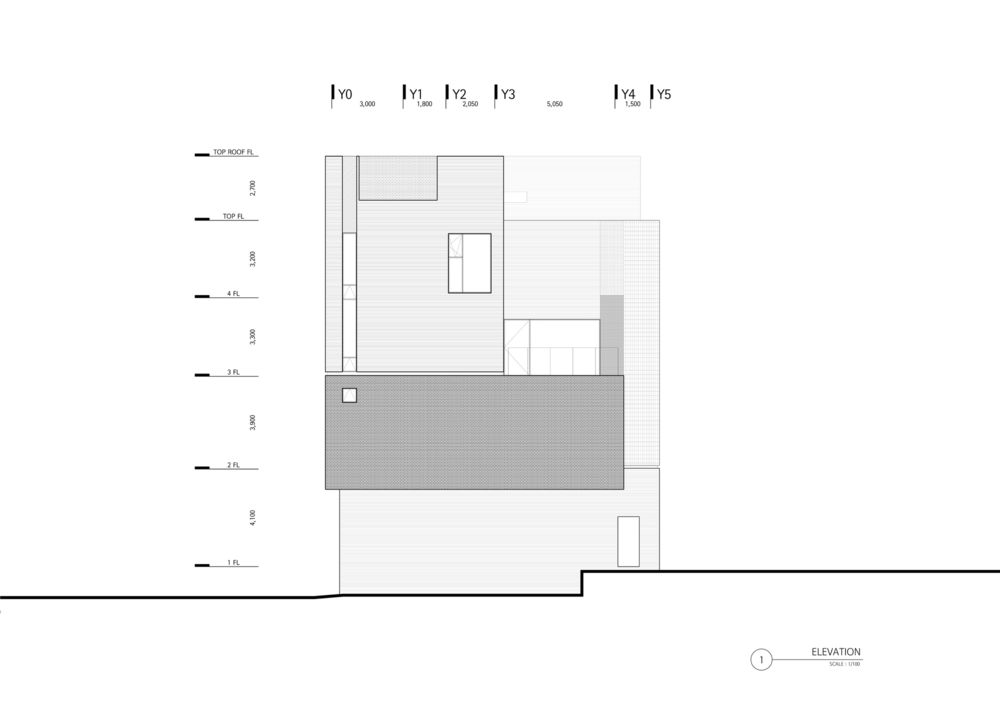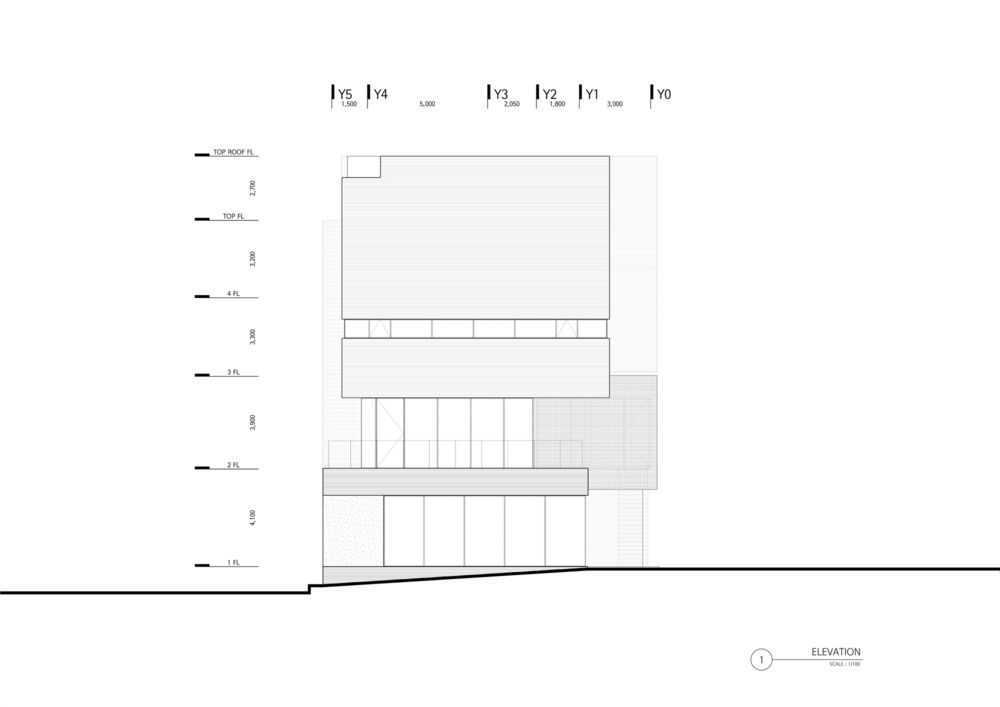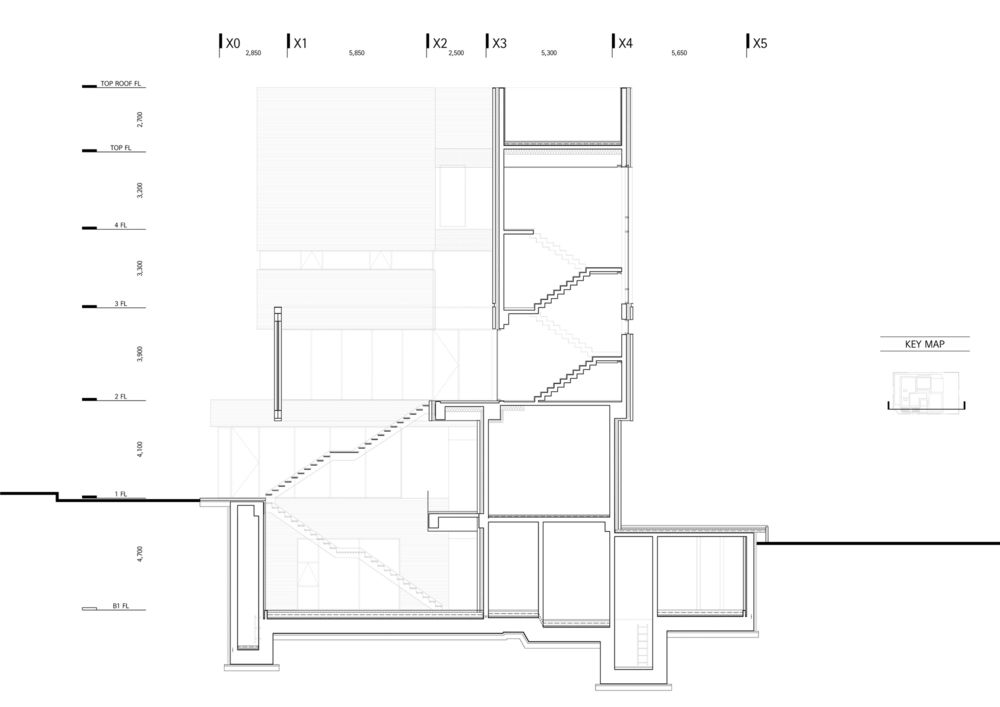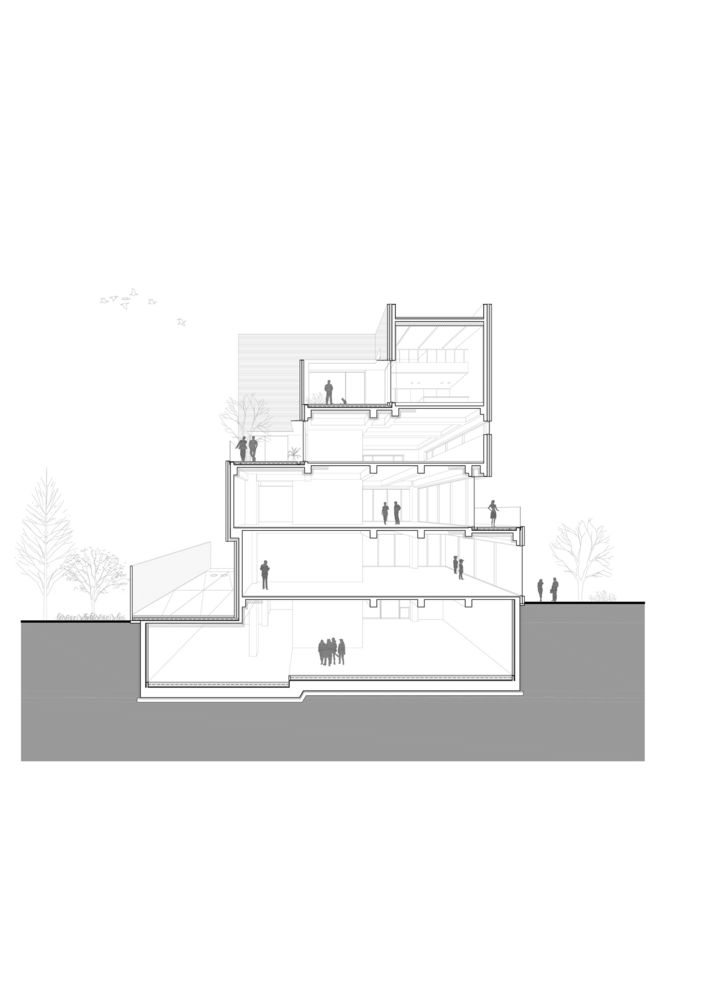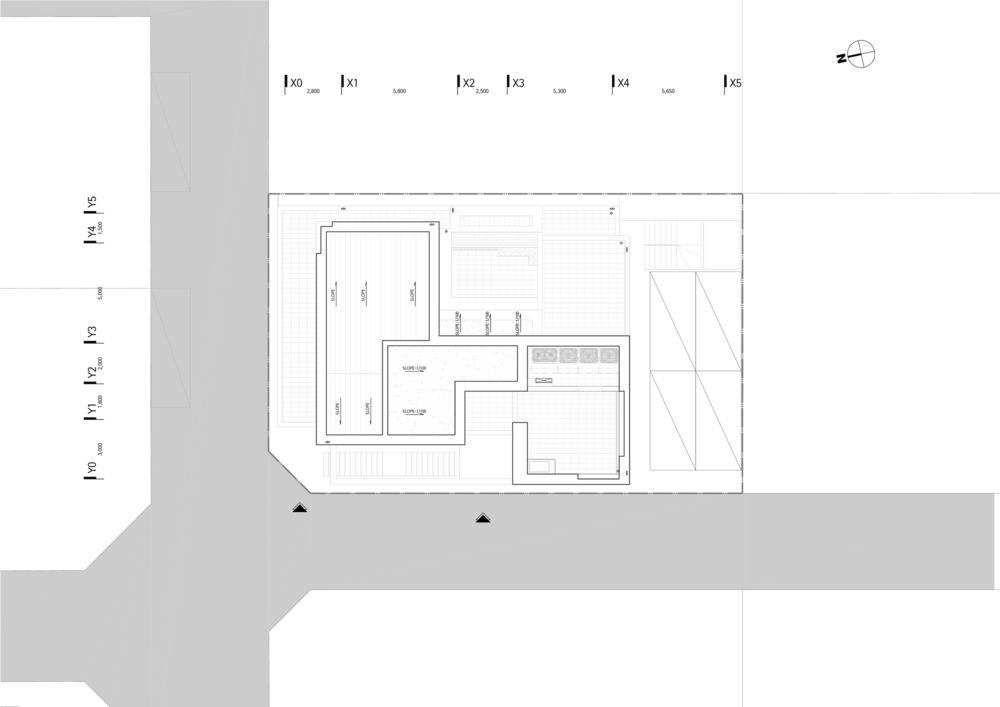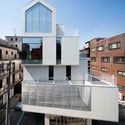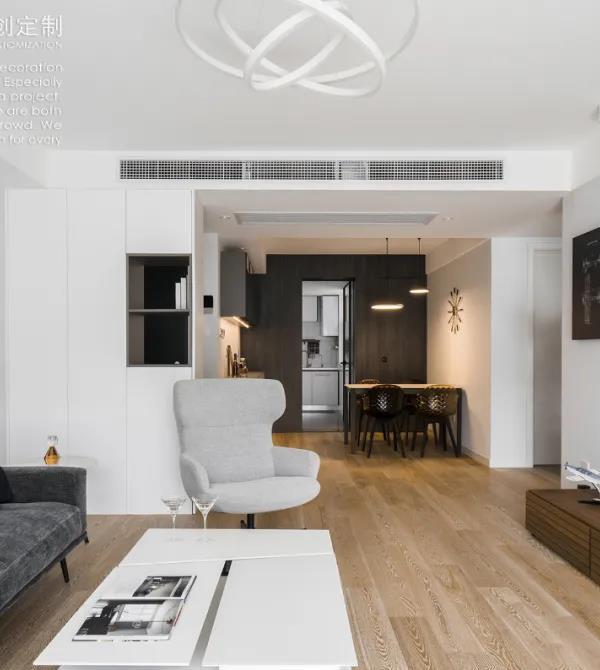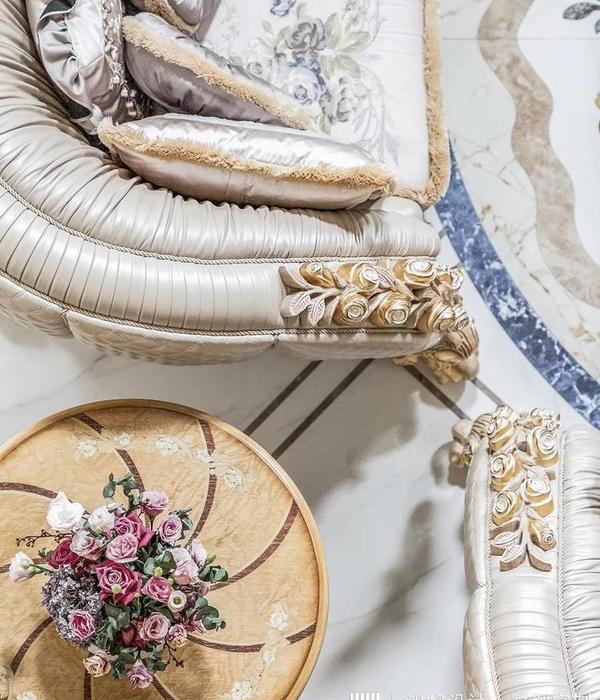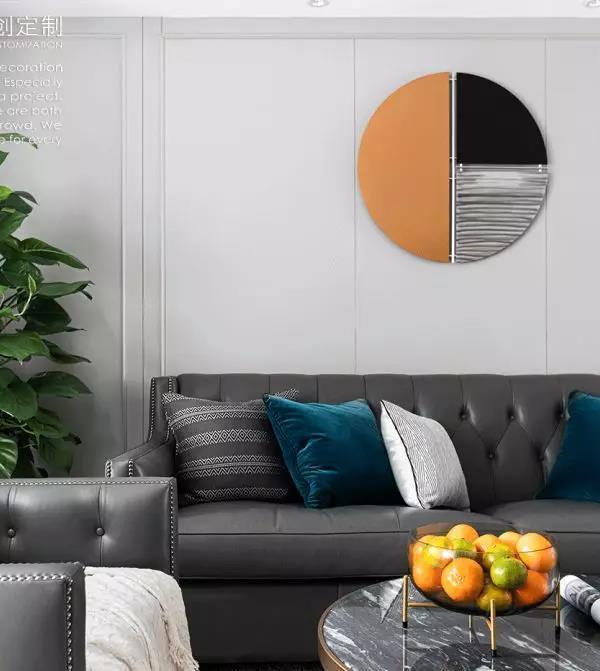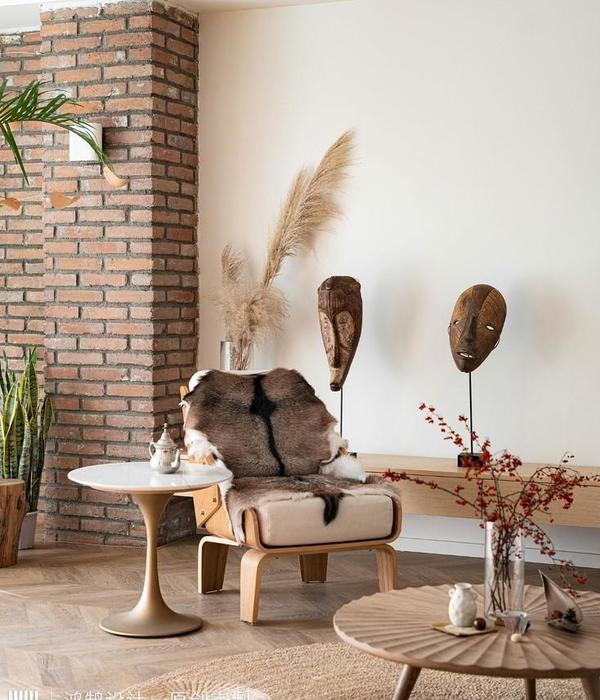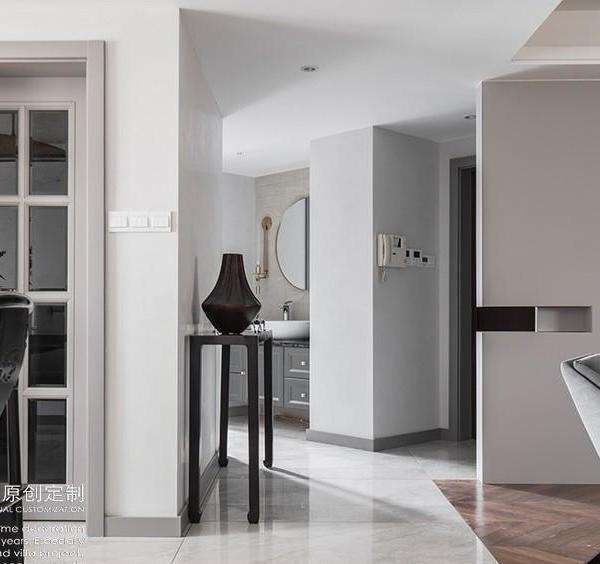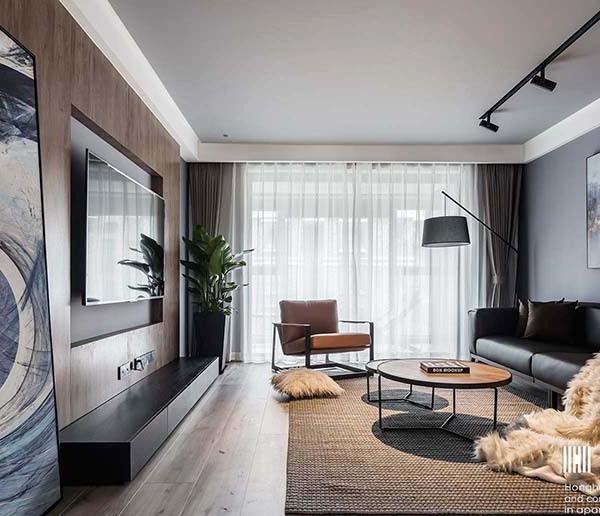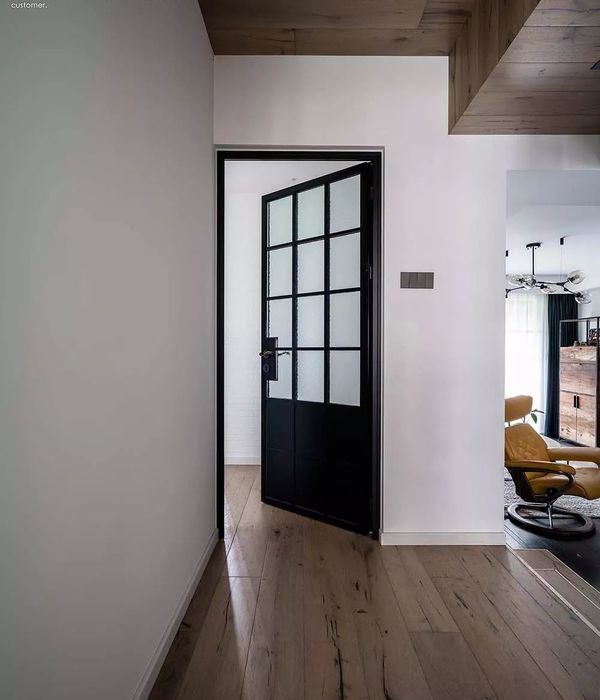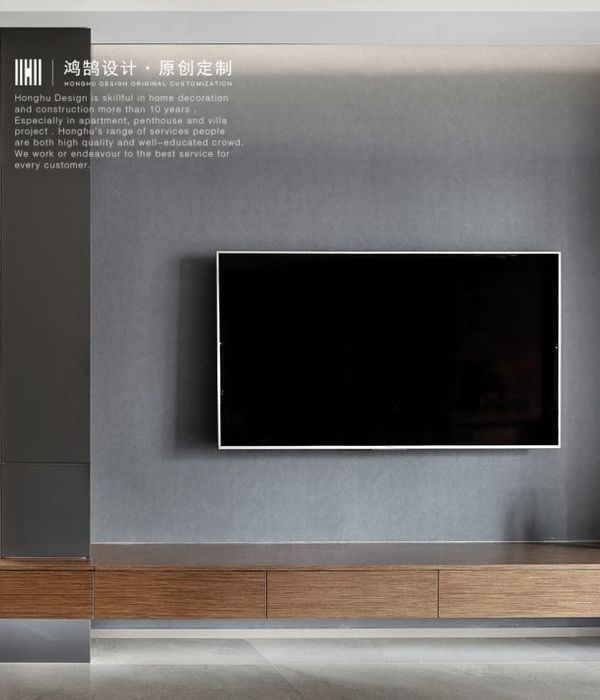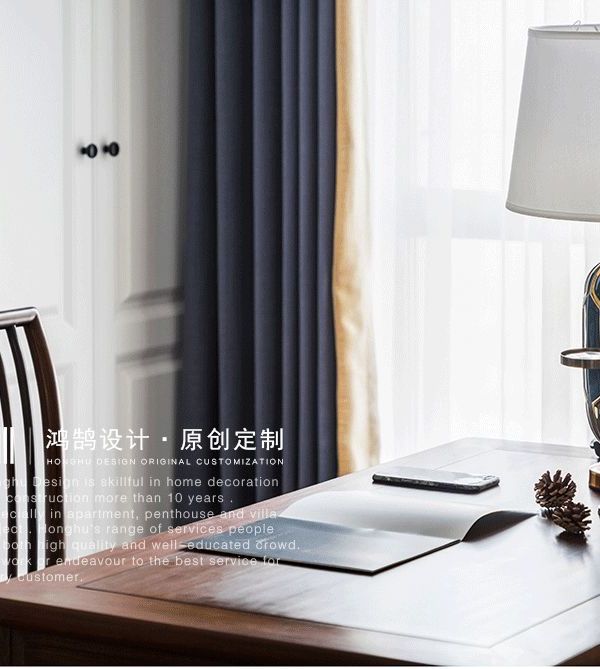隐秘城市花园—— Biwon 别墅设计解析
Unlike the Cheongdam Sageori(crossroads) which has wide roads and colorful buildings, Biwon's site is located at the hill crossing which is on a 6-meter road. Buildings under redevelopment around narrow roads made the horizontal space more stuffy with uniform and dense mass and darkened the scenery of the landscape with their own closed language. The first task was to solve the stuffiness of the earth and has street expansion and vitality.
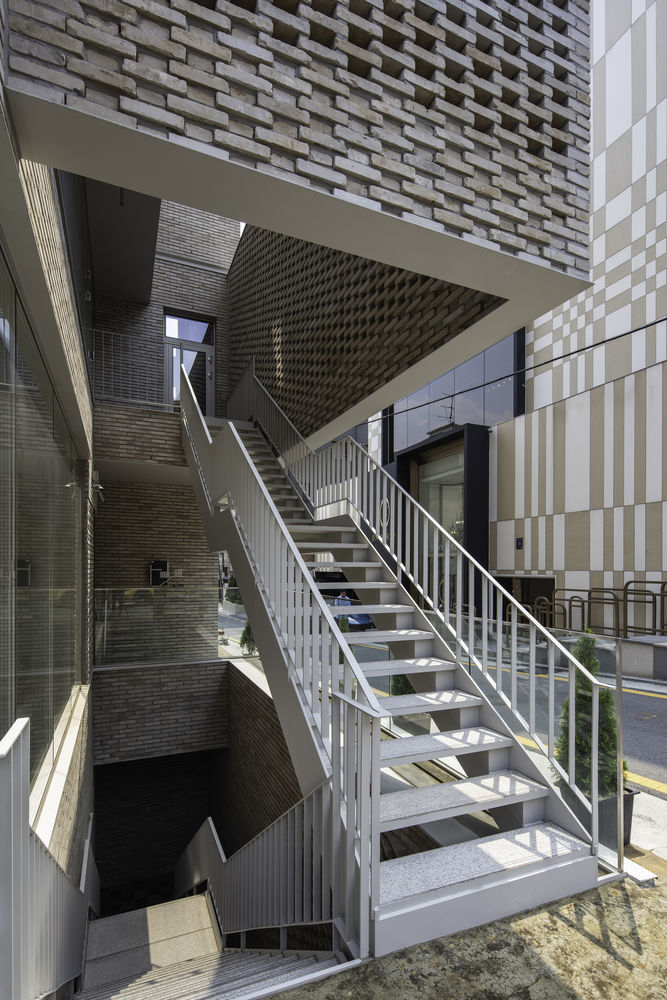
Design Solution [Change of Mass]. As the first stage of design, the scale of a building was made by stacking, and the volume was arranged by applying the city's regulations and the appropriate area. In the process, the mass began to make a colorful form by alternating and reducing rather than a regular form. In addition, through the external stairway which is positively assigned to the street rather than the closed staircase, it has created a visual extension and a dynamic image in the landscape. Floor specific terraces placed alternately were suggested for users to use them as a yard. It has a hidden garden that can not be found in the city, and the garden serves as both inner and outer transition spaces as well as windy paths.
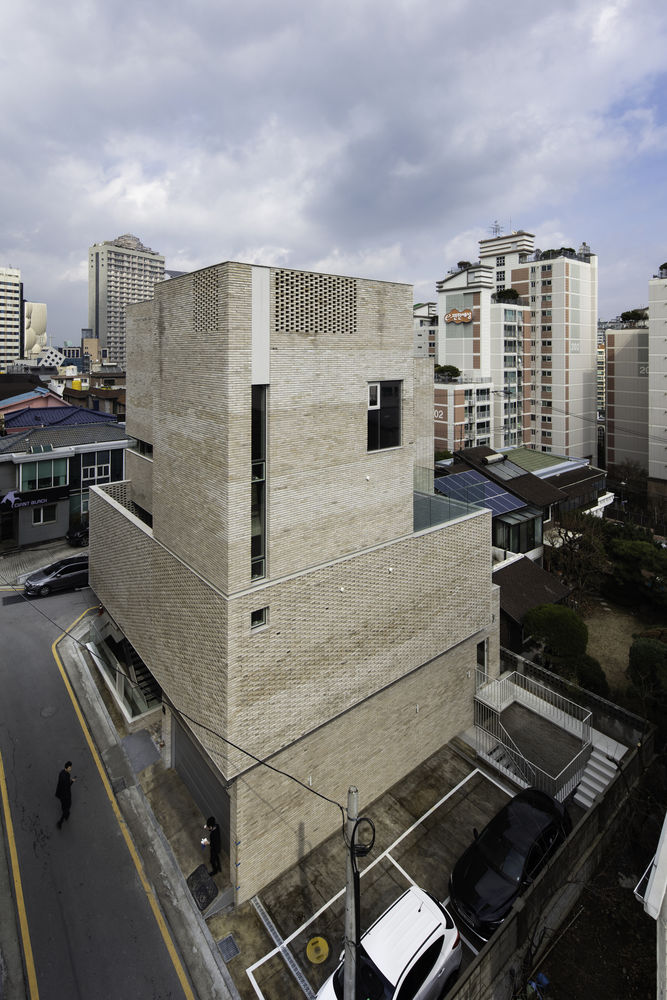
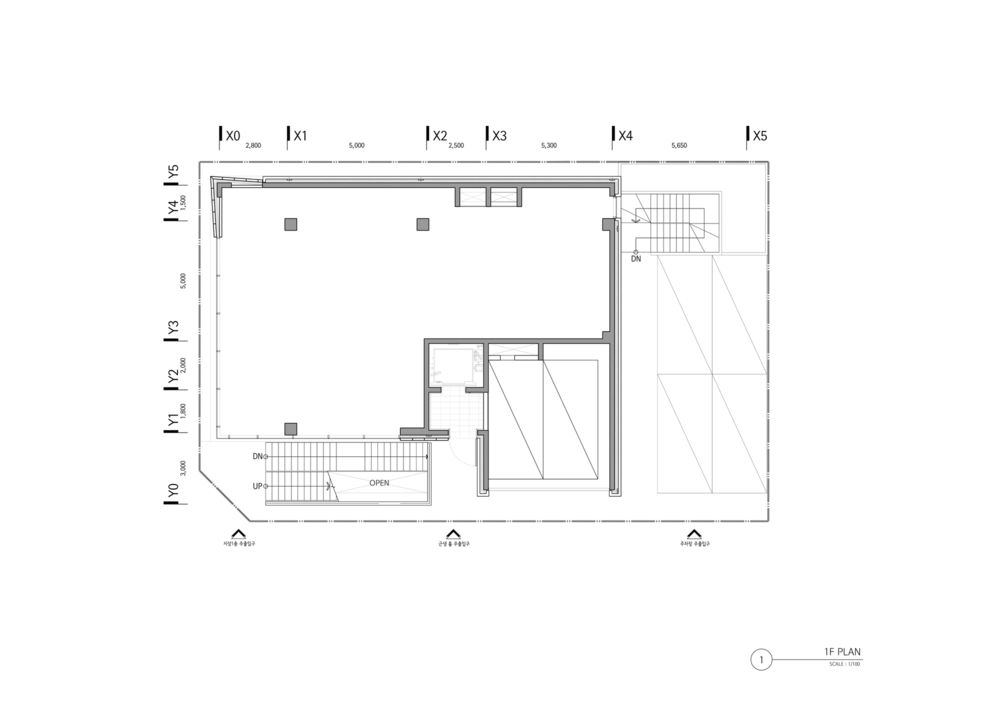

Utilization of Materials [Brick]. A brick is a material whose value does not change over time. Like good buildings and people, bricks prove their value in proportion to time. Three-dimensional mass and a calm white antique brick as a single material were used to give a grand yet calm feeling while giving the weight of a building itself. In order to make a change of single material, we tried to give unity and diversity to the elevation while making a change in pattern through several stacking methods. From the general stucco work to masonry work, the building was filled with various looks.

For Biwon, we only focused on the value of lease and area in terms of the building and ceased to think about the role and value of a building in the city. We tried to propose an answer to the question of the role of architecture in the city through Biwon as well as finding the area. The hidden garden in a city or a terrace, sunken, and stairways to a 6-meter road can be the first step. The closed staircase and the brick-surrounded open staircase create a movement flow line directly connected from the first floor to the second floor, suggesting the pleasure of the way to go, through the expressions of the various patterns and light flow of bricks. And the open terrace is an open space for the city, and the four-story terrace where the light falls between bricks is a space with a hidden garden in the city.
